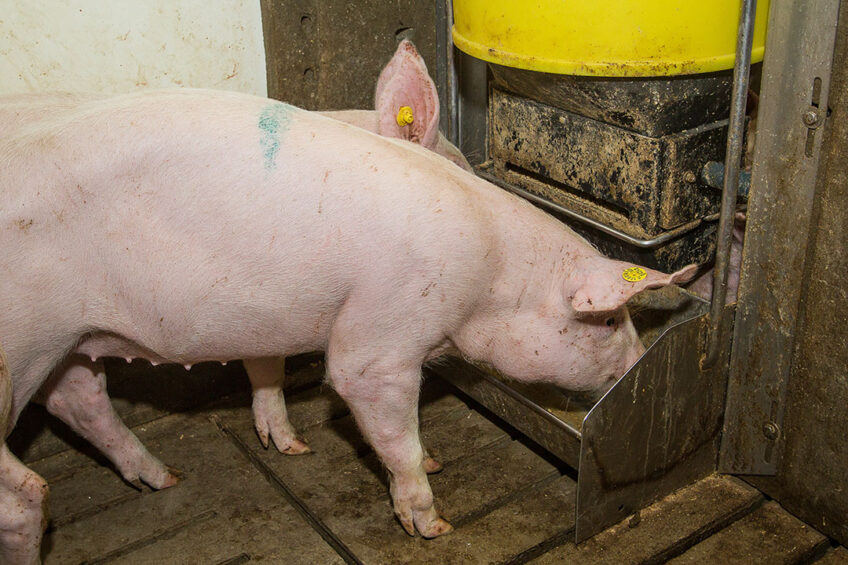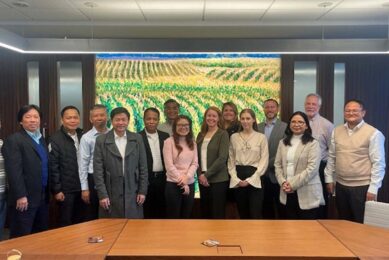American feed chain focuses on circularity in conference and research

Discussions of how to use – and better use – food waste and processing co-products in pig feed and other livestock are ongoing in the US and beyond. This topic was the focus of a recent conference in the US called ‘Catalyzing Feed Systems Sustainability by Engaging the Full Value Chain,’ organised by the World Wildlife Fund and the Institute for Feed Education and Research (IFEEDER).
The conference brought together the full feed value chain, including upstream and downstream entities, to advance the discussion around 4 ‘critical components of sustainable feed systems.’ These are: circularity, innovation, regenerative agriculture and responsible sourcing.
Feeding Future Sustainable Protein Systems
The National Pork Board’s Vice President of Sustainability, Ashley McDonald, was a speaker for one of the conference’s webinars, entitled ‘Feeding Future Sustainable Protein Systems.’ She discussed various protein sector sustainability targets, along with ways that feed production and feed products can contribute to shared goals.
Circularity according to FEFAC
The European Feed Manufacturers’ Federation (FEFAC) also highlighted circularity (using food processing waste in pig feeds and other feeds) in a new report. FEFAC notes that molasses from beet and sugarcane processing can also be fed to pigs. In Europe, cane molasses is generally imported, whereas beet molasses is produced in various European countries. Wheat gluten feed, from the wet and dry milling of wheat, is also fed to pigs, as is olive oil cake in areas of olive oil production.
Limitations and solutions
More precise estimates of nutritional value
Urriola notes that empirical feed evaluation tools used to measure ingredient energy and other aspects “rarely integrate differences in ingredient processing across regions and time. Therefore, it is necessary to continue to add precision to the estimates of nutritional value for alternative by-products.”
Improvements of nutrient concentration and digestibility
With colleagues, Urriola published a paper which found a common characteristic of cereal grain by-products is a high concentration of dietary fiber relative to starch, lipids and protein. However, there are many procedures to increase the apparent total tract digestibility of fiber. The most effective methods, including ammonia fiber expansion, are not unavailable on a large scale, notes Urriola. However, slid-state fermentation is another option. It increases the digestibility of fiber and also enhances digestible amino acid concentration.
Explore properties
Urriola also notes that more exploration is needed of various properties of agricultural and food processing by-products that improve the productivity and welfare of pigs. With colleagues, he has found that sources of dietary fiber in the ration of sows offer the potential to alleviate chronic conditions such as constipation and hunger. Fiber in the diet may also mitigate the impact of endemic gastrointestinal diseases known to lower pig productivity such as ileitis and dysentery.
 Beheer
Beheer








 WP Admin
WP Admin  Bewerk bericht
Bewerk bericht